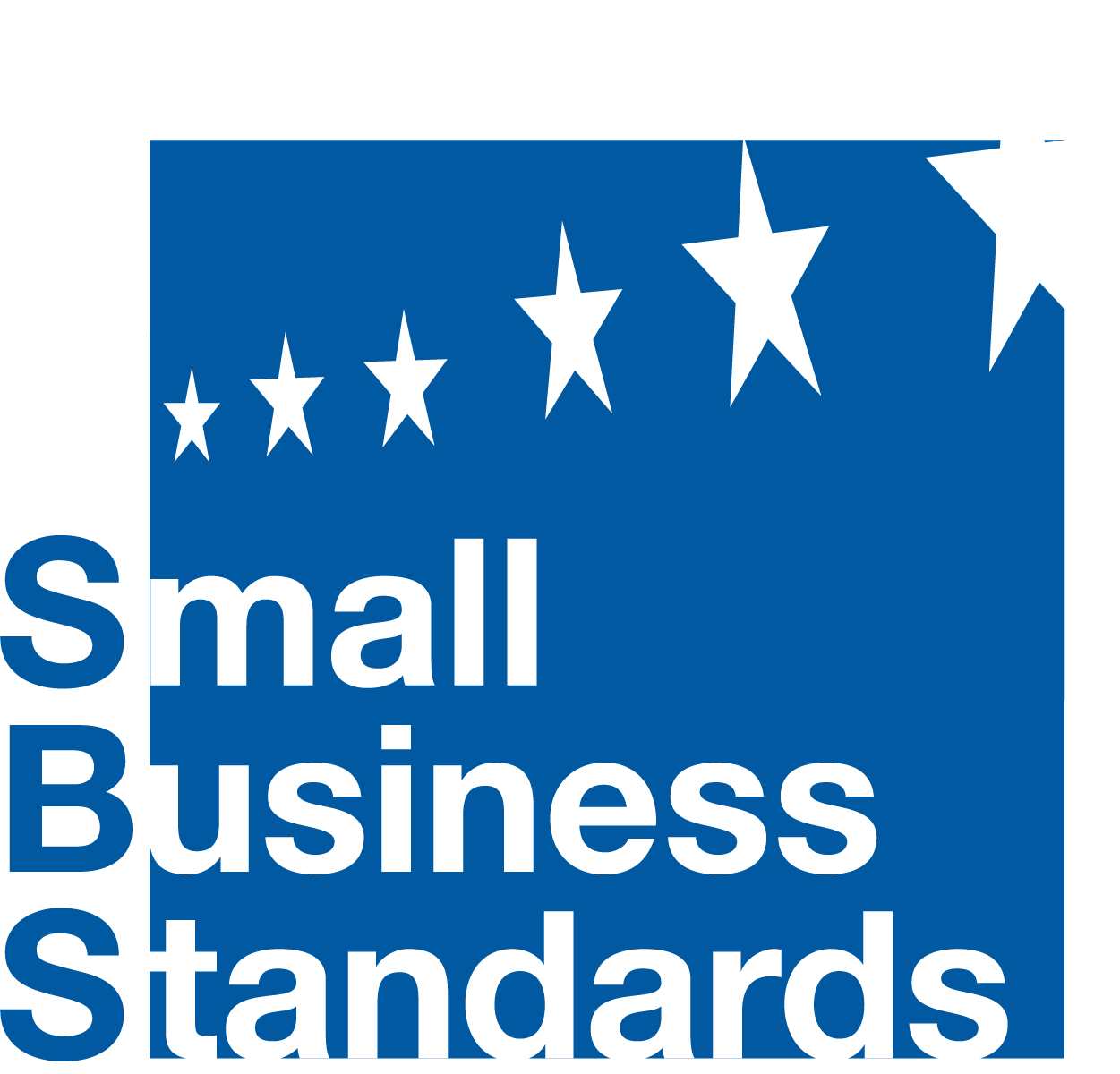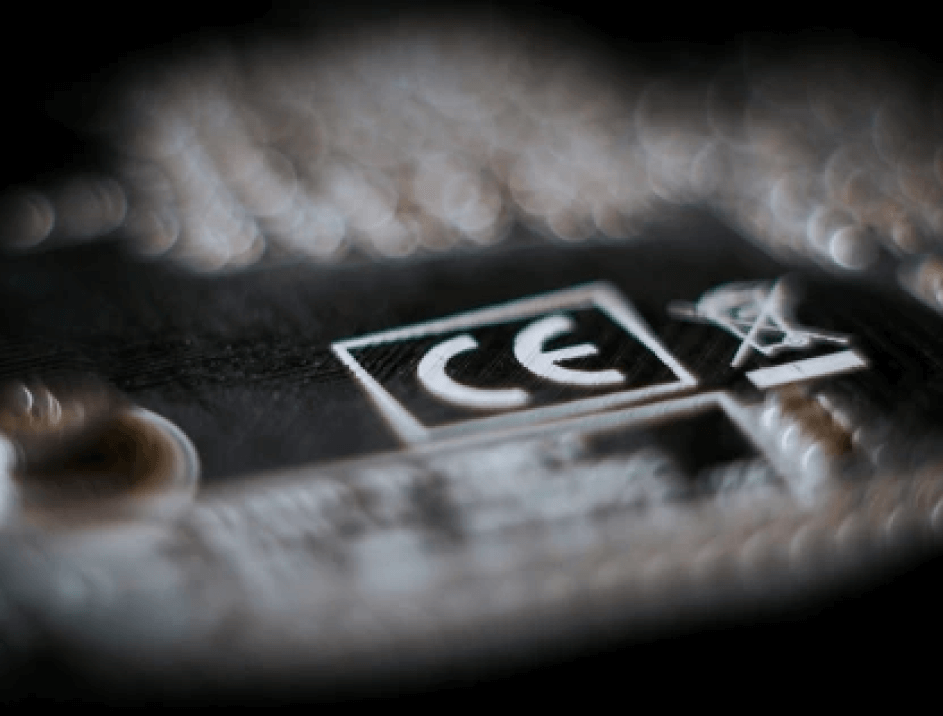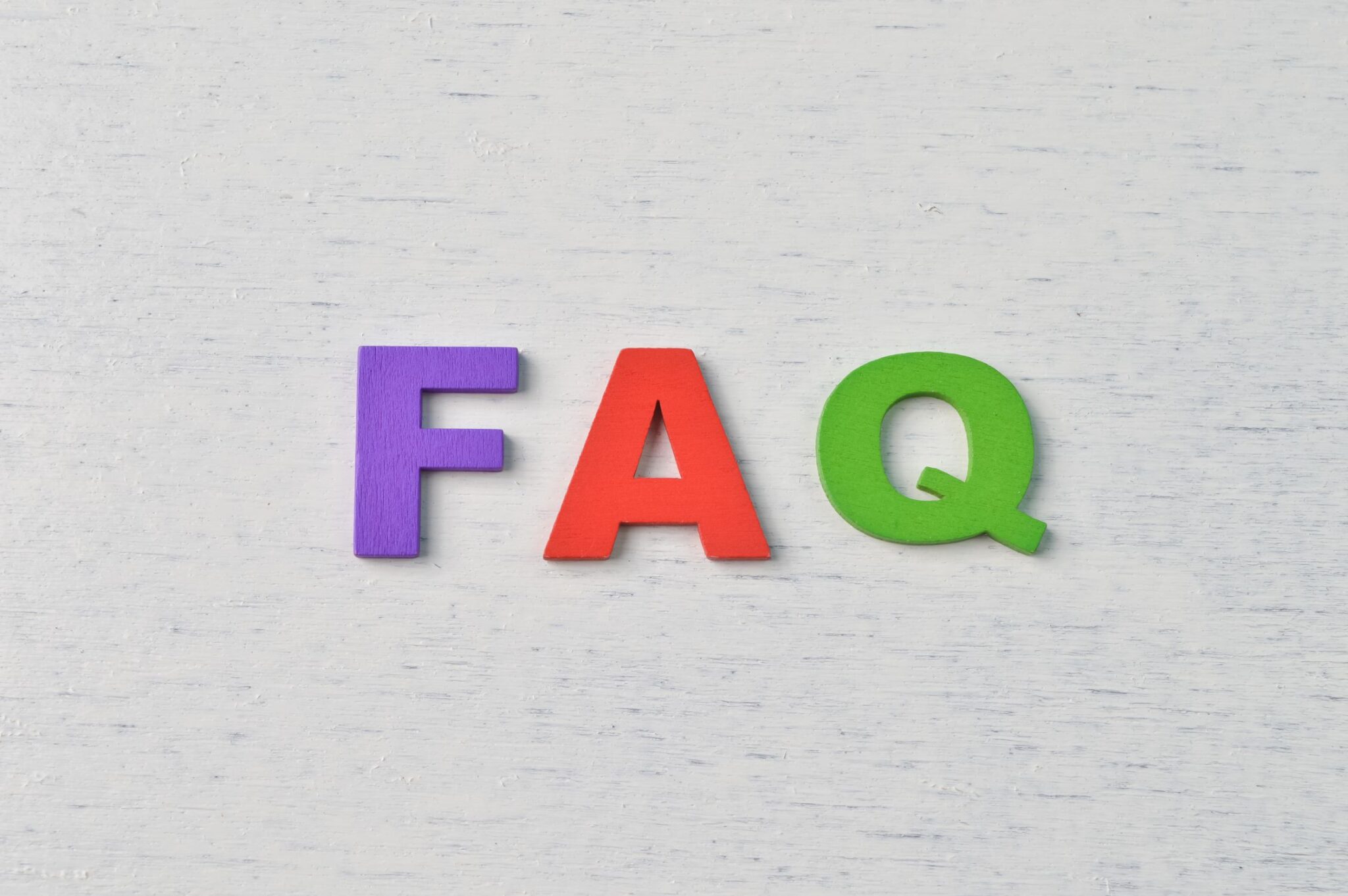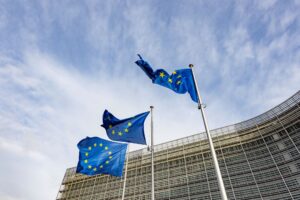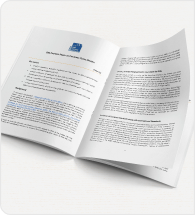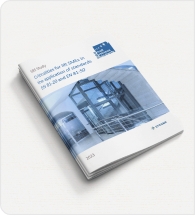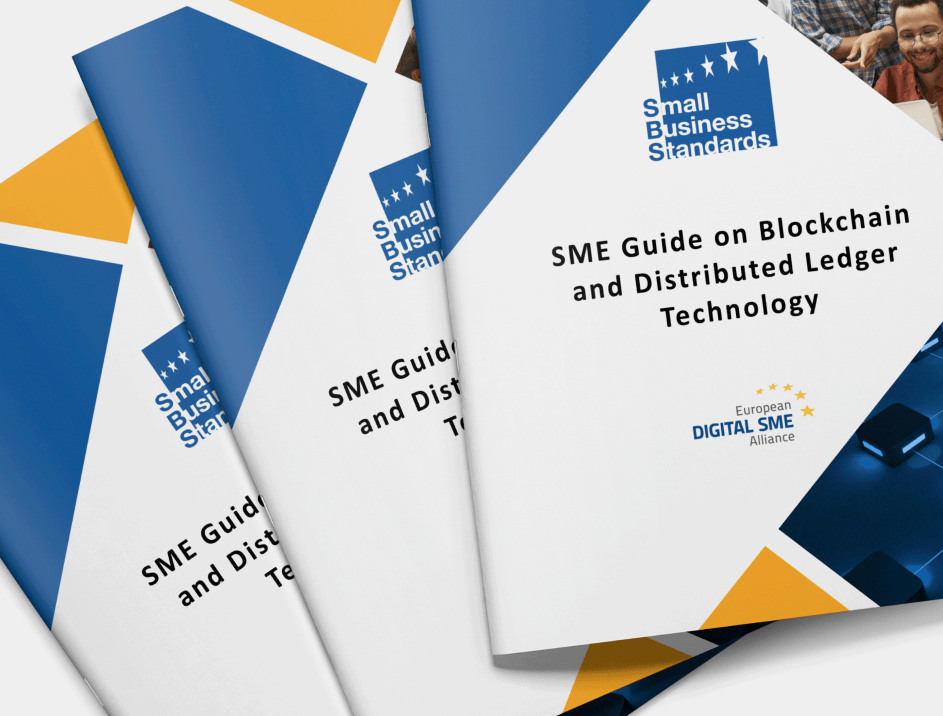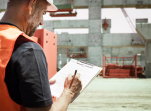Experts discuss how to influence standards making
The Joint Initiative on Standardisation was signed on 13 June 2016 in Amsterdam in the presence of high officials. It sets out a shared vision for European standardisation, with a view to modernising the current standardisation process. Moreover, it identifies 15 concrete actions to further drive innovation, raise awareness of the importance of standards and improve the representation of European SMEs’ interests at international level. Today, 107 countries and organisations have signed the Initiative (including eight endorsements).
On this point, several stakeholders and representatives of Member States expressed concerns about the possibility of achieving harmonised rules related to the installation of products and, more generally, to the execution of construction works. Ensuring building safety is and must be a clear goal, but producing additional information related to product installation creates additional burdens for many actors involved in construction, including SMEs. The inputs collected during the meeting will be taken into account for a potential revision of the CPR, bearing in mind that the Regulation does not refer to the execution of construction works.
The second part of the meeting focused on the digitalisation of the construction sector. The interoperability of IT structures is instrumental for the successful digitalisation of the construction sector. The legal compatibility of the regulatory instruments in place must be ensured to enhance innovation in this field. In order to better understand the current situation, the Commission is launching a strategic study on the digitalisation of the construction sector, with particular reference to Building Information Modelling (BIM) and to the level of readiness of construction companies, including SMEs. The Commission’s DG for Communications Networks, Content and Technology will be also involved in this initiative.
The 2017 Plan is organised around four thematic areas: key enablers and security, societal challenges, innovation for the single market and sustainable growth. More specifically, it identifies five standardisation priorities for the Digital Single Market: 5G, cloud, cybersecurity, big data and the internet of things (IoT). In addition, it defines a set of horizontal technologies for which innovation is advised, such as eHealth, intelligent transport systems, smart energy and advanced manufacturing.
Compared to the 2016 edition, the 2017 Rolling Plan includes the following new domains: 5G, FinTech, BIM and the Common Information Sharing Environment (CISE) for the EU maritime domain.
New standardisation request for lifts
In the new mandate, CEN is requested to draft harmonised standards in support of the implementation of Essential Health and Safety Requirements (EHSR) laid down in Annex I of the Lifts Directive 2014/33/EU, which includes conformity with the relevant health and safety requirements set in Annex I of the Machinery Directive 2006/42/EC. In the mandate, the Commission states that the requested harmonised standards, while ensuring a high level of protection of the health and safety of persons, should also support fair competition, providing a level playing field on the Union market by effectively implementing these essential health and safety requirements. Indeed, Annex I of the mandate, setting out the requirements of the harmonised standards, clearly explains the purpose of fair competition.
The fair competition issue raised by this standardisation request is crucial for companies operating in the lifts maintenance and repair market, because existing harmonised standards do not fully comply with the essential safety requirements dealing with the availability of instructions and service tools needed for the safe operation of lifts, once they are put into service.
On the subject of the mandate, SBS and EFESME sent a joint letter to the European Commission. The letter is intended to raise some concerns on the CEN Work Programme in response to the standardisation request. Indeed, we ask for greater clarity on the proposal put forward by CEN and for the revision of the existing harmonised standard in order to comply with the EHSRs set out in the mandate. If these EHSRs are not implemented properly, repercussions for SMEs could be extremely burdensome.
SBS and EFESME will carefully monitor CEN TC 10 standardisation work in the coming months, in order to achieve harmonised standards for the revised lifts that are fully in compliance with the requirements set out in the new Commission standardisation request.
SBS has therefore asked CEN for an extension period to allow CEN/TC 88 to adequately take into account the changes that, according to several WG experts, are needed to the current version of prEN 16863. These changes include the addition of a specific reference to standard EN 16012+A1 for the measurement of thermal resistance of reflective insulation products.
